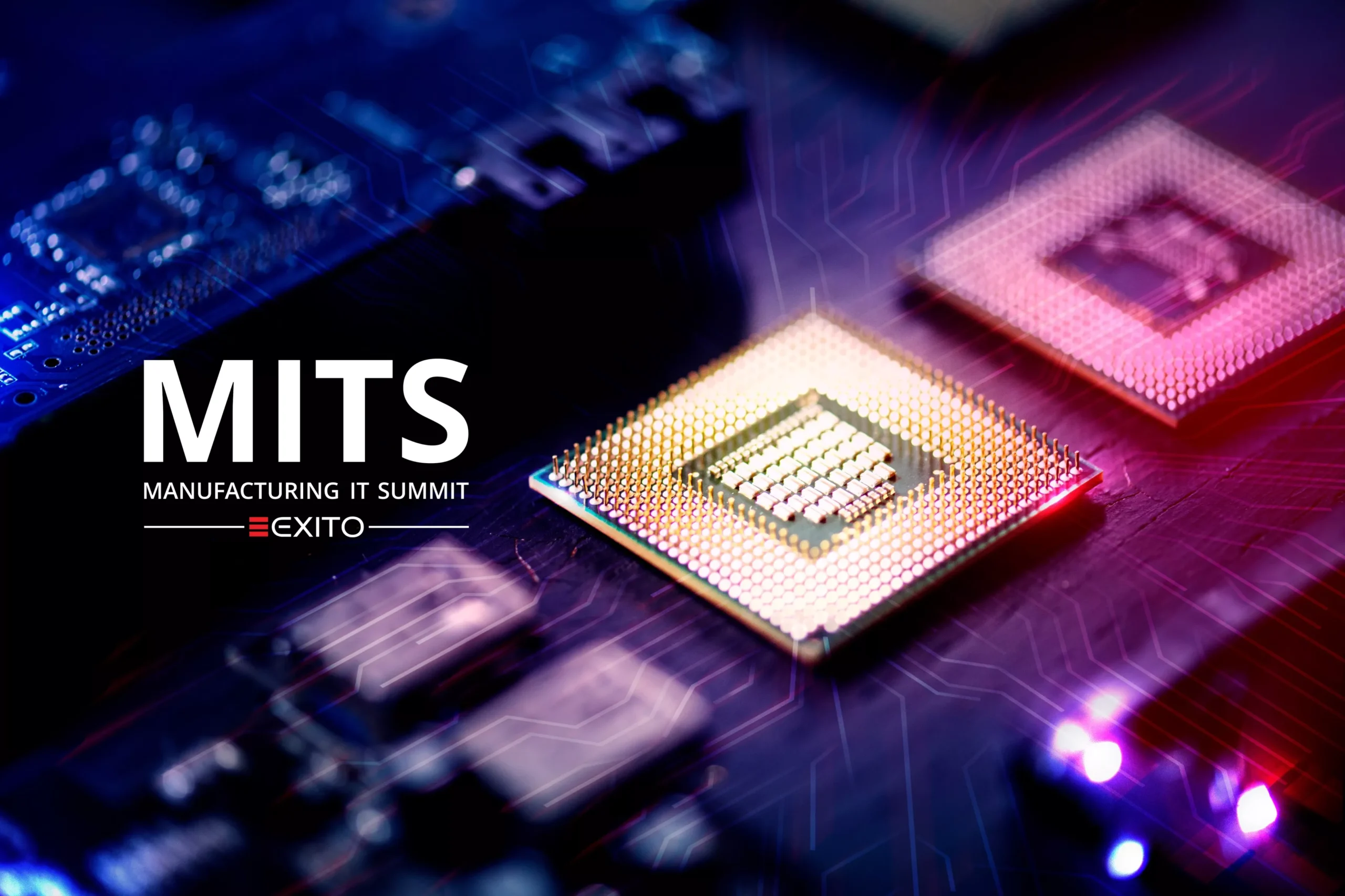Introduction
In the ever-evolving world of technology, semiconductor chips are the backbone of modern electronics. From smartphones to supercomputers, these chips power our digital lives. Among the most advanced in the industry are 2nm semiconductor chips, representing the pinnacle of miniaturisation and efficiency. For India, the development and adoption of 2nm chips signify a monumental leap towards self-reliance and technological sovereignty.
Understanding 2nm Semiconductor Technology
The term “2nm” refers to the process node size in semiconductor manufacturing, indicating the smallest feature size on a chip. A smaller node size allows for more transistors to be packed into a chip, enhancing performance and energy efficiency. 2nm chips promise significant improvements over their predecessors, including:
- Increased Performance: Higher transistor density leads to faster processing speeds.
- Energy Efficiency: Reduced power consumption extends battery life in portable devices.
- Smaller Form Factors: Enables the creation of more compact and lightweight devices.
These advancements are crucial for applications in artificial intelligence (AI), high-performance computing (HPC), and data centres, where processing power and efficiency are paramount.
India’s Strategic Push Towards 2nm Chips
India has recognized the strategic importance of semiconductor technology and is making concerted efforts to develop indigenous capabilities in this domain. The government’s initiatives, such as the India Semiconductor Mission (ISM), aim to establish a robust semiconductor manufacturing ecosystem within the country.
Case Study 1: ARM’s Bengaluru 2nm Chip Design Center
In September 2025, British semiconductor company ARM inaugurated a state-of-the-art design center in Bengaluru, focusing on developing advanced 2nm semiconductor chips. This facility aims to design chips for AI servers, drones, and smartphones, marking a significant step in India’s semiconductor journey. Union Minister Ashwini Vaishnaw highlighted this development as a milestone for India’s semiconductor goals, positioning ARM as a key player in the country’s chip revolution.
Case Study 2: Graphcore’s £1 Billion Investment in Bengaluru
Graphcore, a UK-based chipmaker owned by SoftBank, announced plans to invest up to £1 billion in India over the next decade. The company is establishing an AI Engineering Campus in Bengaluru, expected to create 500 new semiconductor jobs. This investment underscores India’s growing importance in the global technology landscape and highlights the country’s potential in advanced chip design and AI computing.
The Role of Major Semiconductor Companies in India
India’s semiconductor landscape is witnessing increased participation from some of the world’s biggest semiconductor companies. These companies are setting up research and development centers, fostering innovation, and contributing to the growth of the semiconductor industry in India.
ARM’s Bengaluru Hub
ARM, a leading semiconductor and software design company, has established a design center in Bengaluru focusing on 2nm chips for AI servers, drones, and smartphones. This move aligns with India’s goal of becoming a global semiconductor and electronics hub, leveraging ARM’s expertise to advance indigenous chip development.
Graphcore’s Investment in AI Processors
British semiconductor firm Graphcore, a subsidiary of SoftBank Group, has announced a significant investment of £1 billion over the next decade to establish an AI engineering campus in Bengaluru. This centre aims to develop cutting-edge AI processors targeting fields such as drug discovery, sustainability, public health, and business productivity. The investment highlights India’s growing strategic importance in global tech and AI infrastructure.
Implications of 2nm Chips for India
The development and deployment of 2nm semiconductor chips in India hold several transformative implications:
- Technological Sovereignty: Reduces dependence on foreign chip manufacturers, enhancing national security.
- Economic Growth: Establishes India as a hub for semiconductor innovation, attracting global investments.
- Job Creation: Generates high-skilled employment opportunities in research, development, and manufacturing sectors.
- Global Competitiveness: Positions India as a key player in the global semiconductor supply chain.
Challenges and the Path Forward
While the prospects are promising, India faces several challenges in realising its semiconductor ambitions:
- Infrastructure Development: Establishing state-of-the-art fabrication facilities requires significant investment and time.
- Skilled Workforce: Developing a pool of trained professionals in semiconductor design and manufacturing is essential.
- Supply Chain Dependencies: Reducing reliance on external suppliers for critical materials and equipment is crucial for long-term sustainability.
Addressing these challenges through strategic policies, investments, and collaborations will be key to India’s success in the semiconductor domain.
Conclusion
The advent of 2nm semiconductor chips marks a significant milestone in India’s technological journey. With active participation from both the government and major global semiconductor companies, India is poised to become a formidable force in the global semiconductor industry. The successful development and deployment of these advanced chips will not only bolster India’s technological capabilities but also contribute to its economic and strategic interests on the global stage.


